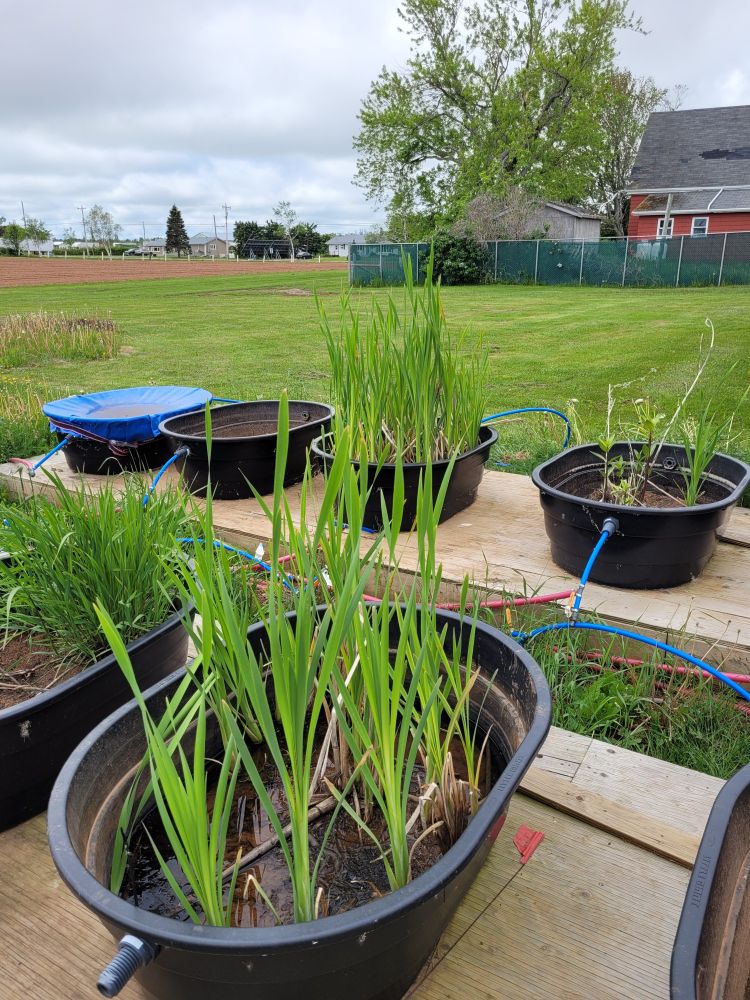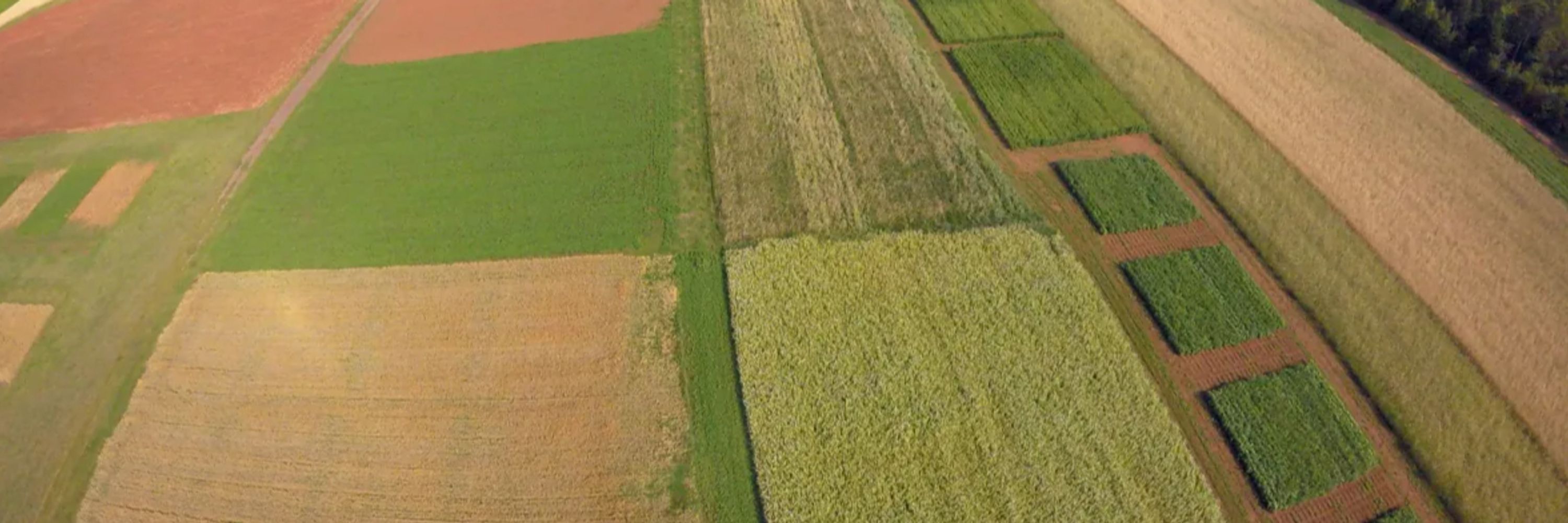




AMR is when bacteria, viruses, fungi, and parasites no longer respond to antimicrobial medicines, making infections hard to treat. It’s no different for agricultural crops. 1/

AMR is when bacteria, viruses, fungi, and parasites no longer respond to antimicrobial medicines, making infections hard to treat. It’s no different for agricultural crops. 1/
Learn more: ow.ly/RJIT50XgtLe


Learn more: ow.ly/RJIT50XgtLe


For #ScienceLiteracyWeek, we celebrate the innovators with @AgMuseum who protect our ecosystems, like #PEI #GCAggie scientist, Dr. Yefang Jiang.
Learn more: ow.ly/CkW350X7Jkj


For #ScienceLiteracyWeek, we celebrate the innovators with @AgMuseum who protect our ecosystems, like #PEI #GCAggie scientist, Dr. Yefang Jiang.
Learn more: ow.ly/CkW350X7Jkj




Dr. Smith is exploring injection and dribble bar that conserve nitrogen and reduce economic and environmental loss.

Dr. Smith is exploring injection and dribble bar that conserve nitrogen and reduce economic and environmental loss.



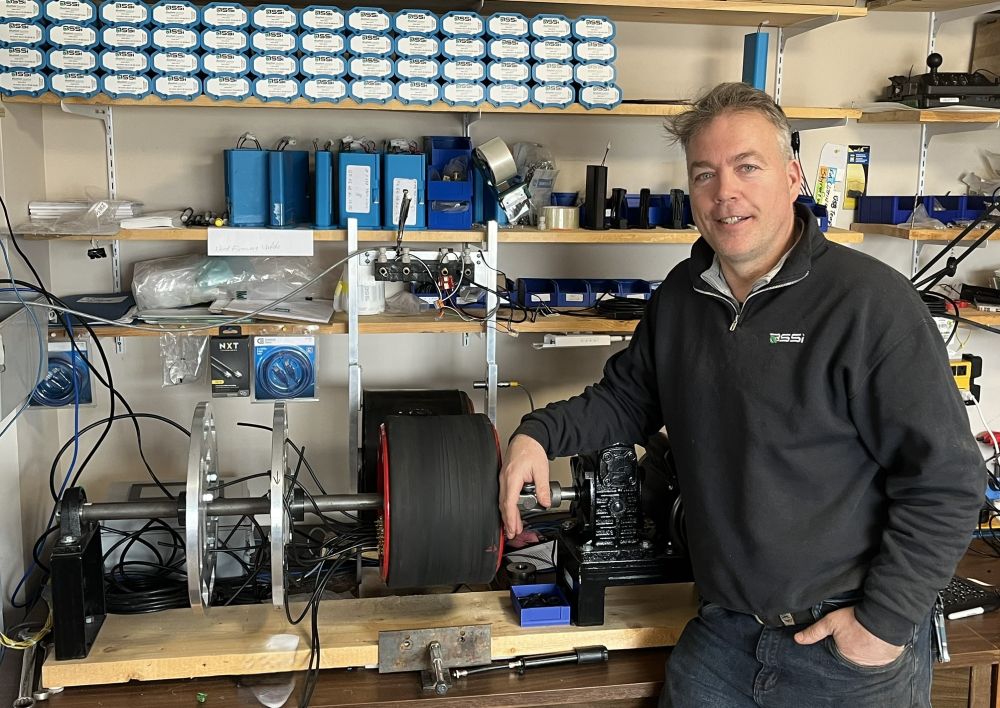

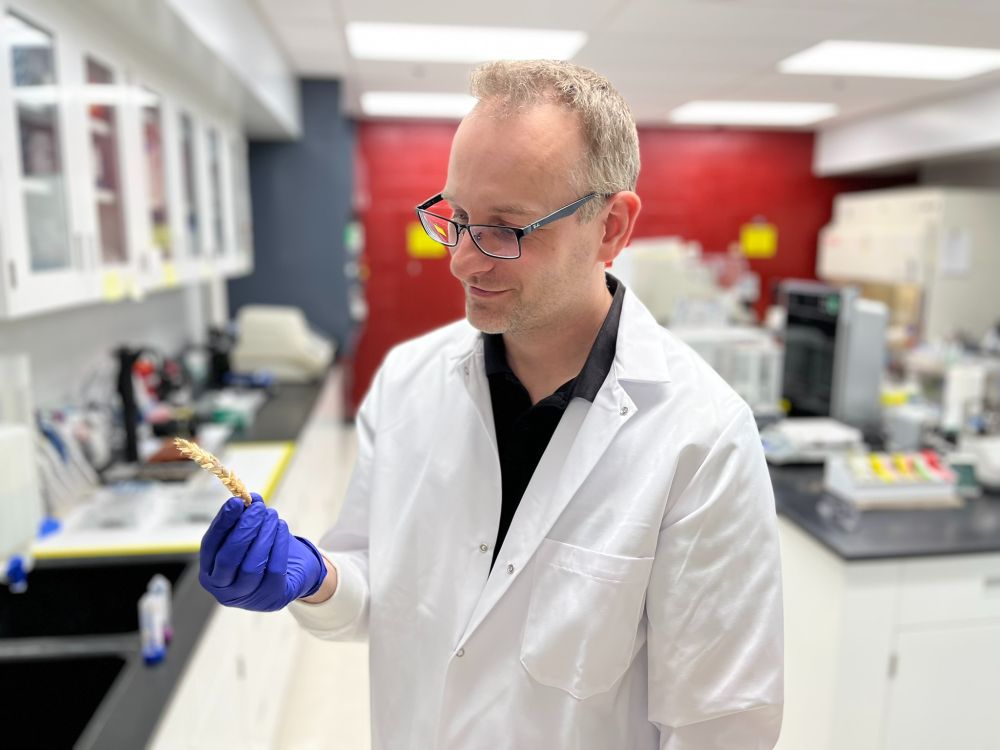
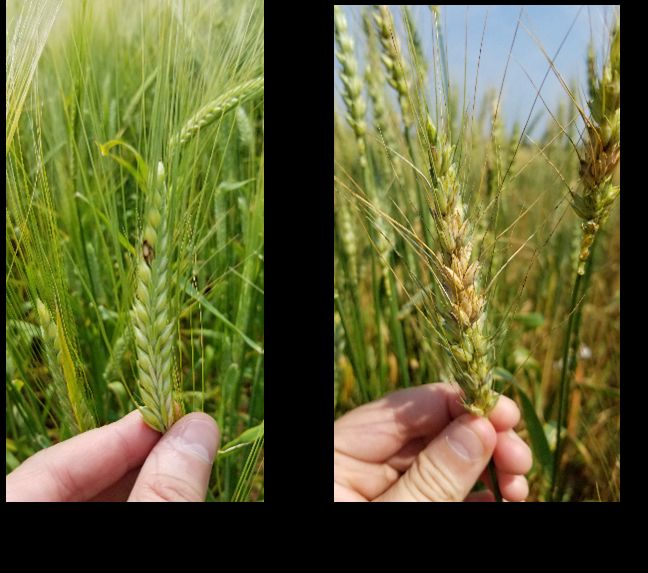
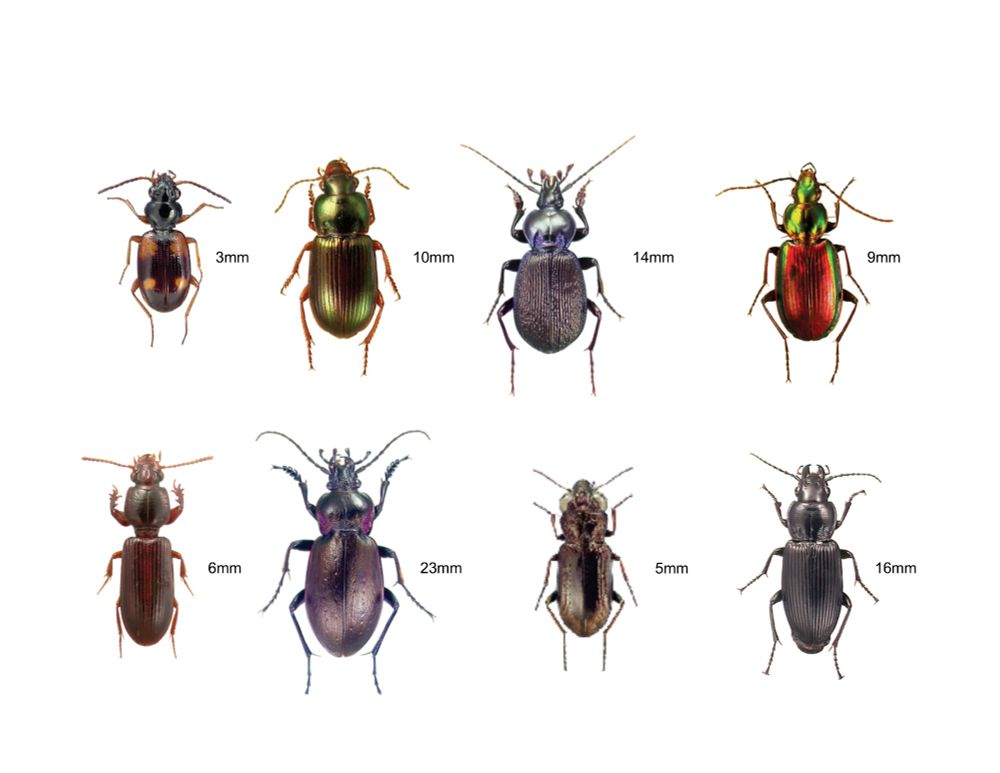

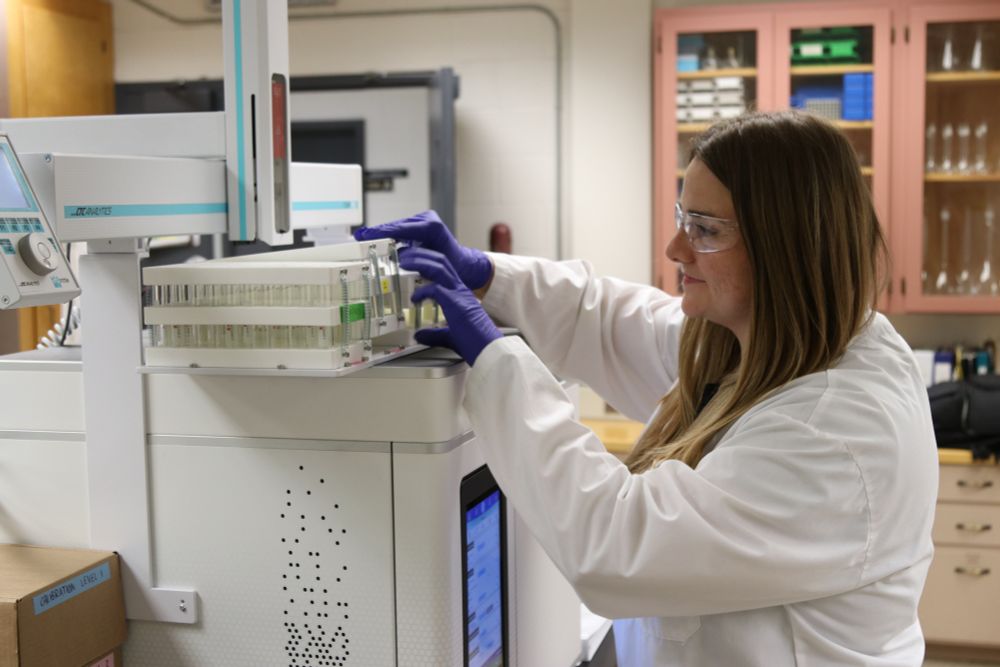
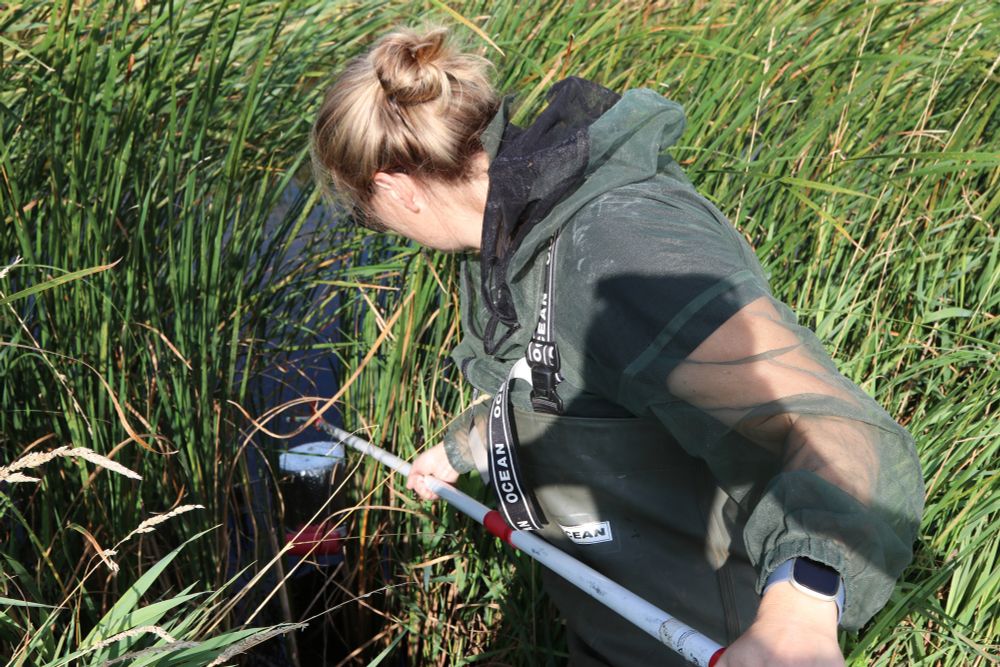


Hear from #PEI producer Brett Francis, along with Kevin Budd #NB and Raphaël Beauchemin #QC, who have received #OFCAF funding to help them adopt beneficial management practices. #TheFirstSixteen has their stories: ow.ly/pUgI50W2T61

Hear from #PEI producer Brett Francis, along with Kevin Budd #NB and Raphaël Beauchemin #QC, who have received #OFCAF funding to help them adopt beneficial management practices. #TheFirstSixteen has their stories: ow.ly/pUgI50W2T61

